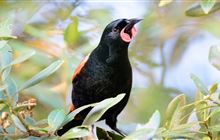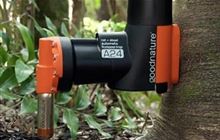Ground control for pests
Introduction
Traps and bait stations are used to target specific pests such as stoats, rats and hedgehogs.Ground control is used and a trapping network is put in place to suppress pest populations, where it's practical. However, ground control is not possible at all places at landscape scale.
Traps and bait stations are the main types of ground control used. Their design and toxins target specific pests, and they are designed not to attract or harm other species.
It is effective but labour intensive. DOC maintains over 180,000 traps, and spends more than $5 million each year on stoat and rat trapping.
Where possible, DOC works with local communities and councils on joint pest control projects.
DOC series traps
DOC uses these humane, powerful and effective kill traps:
- the DOC 150 trap and 200 trap for stoats, rats and hedgehogs
- the DOC 200 trap for stoats, rats and hedgehogs
- the DOC 250 trap for ferrets, stoats, rats and hedgehog.
The DOC 150 traps are the backbone of stoat and rat control.
More about the DOC 150, 200, and 250 traps.
Goodnature A24 trap
DOC is bringing the Goodnature A24 self-resetting trap into the front line to add ground-based control to some sites.
After aerial 1080 has knocked down the pest populations, the Goodnature traps wil lbe deployed to provide constant, labour-efficient control to hold pest populations down and maintain protection for critically threatened species in those areas.
Case study
In some areas like the Murchison Mountains, a ground control network for stoat trapping is the standard. Here the resident takahē are protected from stoats by 3,450 traps at 100 m intervals in the valleys and ridgelines across 50,000 ha.


